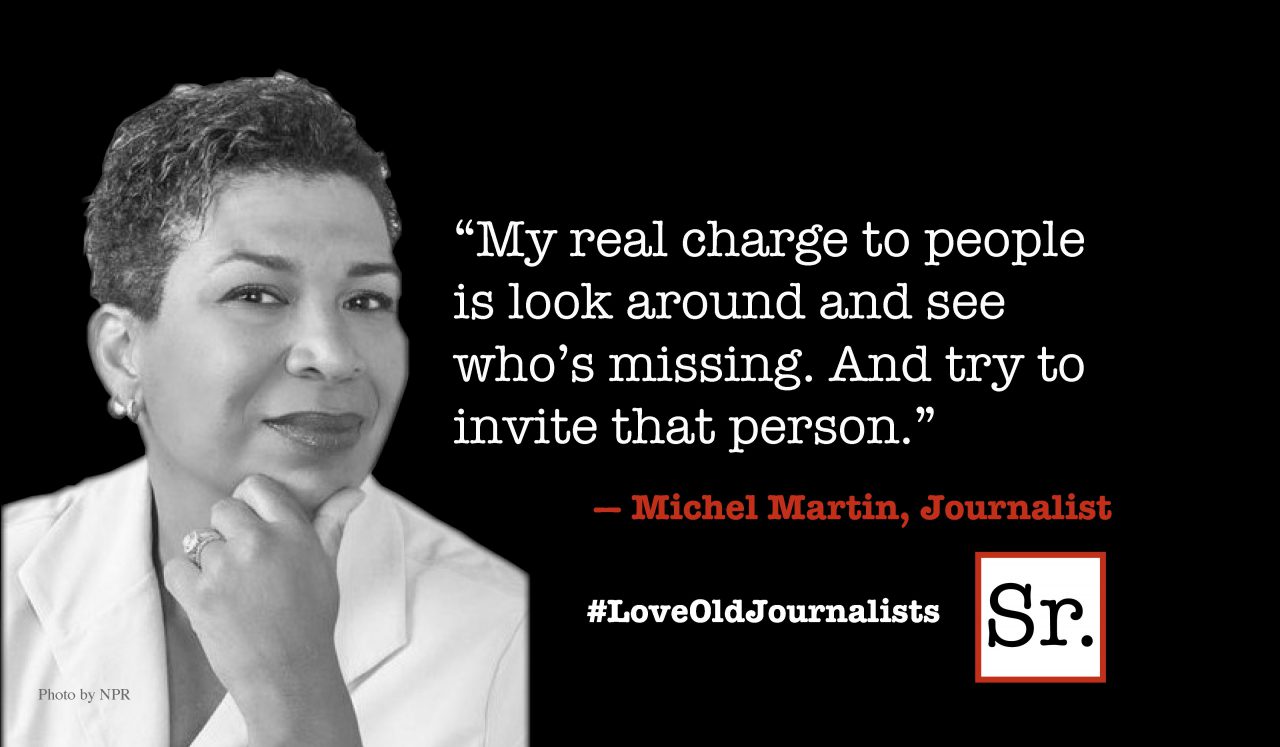I am not a reincarnationist nor a subscriber to Nietzsche’s theory of the “eternal return.” But I have not failed to note a certain circularity in my life, as I had reason to ponder last week when I spent three days at Notre Dame University with the Medieval Academy of America. It was the 90th annual meeting of this venerable institution, and while I have not been to all 90, I must say that I do not recall another at which I found the intellectual fare more to my liking.
I used to be quite active in academy events and governance and a regular participant in the annual meetings, which have no fixed venue but move around among many centers of medieval studies in the U.S. and Canada. In retirement, however, my attendance has been intermittent. Paris has a certain pull, and of course life does move on.
The early years of the Soviet regime saw the emergence of the sociological category known as “former people.” These were the aristocrats, ecclesiastics and bourgeois professionals of the ancien régime who — lacking the will, means or opportunity to flee and dispossessed of material possession and social station — now just sort of hung about like some collective ghost of Banquo. I wasn’t exactly spectral, but I did feel more than a little “former” as I bobbed about on the surface of a sea of youthful energy and ambition.
My first significant publication, in 1966, was a long essay on the Old English poem usually called the “Dream of the Rood.” The poet's stunning conceit is that the personified Cross appears to the dreamer and relates to him the story of the crucifixion. The poet claims to relate a vision hwæt mē gemætte to midre nihte, syðþan reordberend reste wunedon — “that I encountered in the middle of the night, after folks (literally: voice bearers) had gone to their beds."
The poem is a product of the rich monastic culture of Anglo-Saxon England and, if I am right, is actually an exposition of a specifically monastic theology. One of the papers I heard at Notre Dame cited this essay with the archaeological respect one might muster in invoking Gibbon or maybe Herodotus. It would have startled the young scholar to learn I was extant, let alone sitting before her very podium.
I had the very satisfying experience of being able to listen to talks by several of my own former students, and it was one them that took me unexpectedly in the direction of sleepless monks again. Scott Bruce, a historian at the University of Colorado whom I had first met long years past when he was a student in a graduate seminar on asceticism, read an interesting paper entitled “Nocte surgamus: Sleep, Stars and the Navigation of the Night Office in Medieval Monasticism.” The Latin phrase means “Let us rise in the night.”
The monastic names for the “night office” of prayers and praises, which was performed around midnight, varied somewhat, often being called the vigils. How did monks manage to get up in the middle of the night, night after night, to perform this duty so vigilantly? There were several strands to Professor Bruce’s paper, but one of the most interesting had to do with the history of human sleep generally. For there assuredly is such a history, and it has recently found its historian in A. Roger Ekirch. The monks probably had less difficulty than we might imagine because, like most other people, they “naturally” awoke in the middle of the night.
Much of the extraordinarily rapid change that separates us from the world of our ancestors is of course technological and of recent advent. Electric lighting, one of the most revolutionary novelties, is not yet a century and a half old. It is so new, in fact, that I was lacking in my earliest years in rural Arkansas. When it got dark, you went to bed — just like the chickens.
To “go to bed with the chickens” — meaning with the arrival of dark — was to habituate oneself to patterns of night sleep that shifted somewhat with the seasons, even with geographical latitude, but that on the whole were markedly longer than ours. We know from many written records throughout Europe and early America that people generally experienced a night’s sleep in two installments. A “first sleep" was heavy and dream-filled. It lasted from three to five hours and was a balm for the physical exhaustion of heavy labor that most people in the Old World experienced.
The sleeper then awoke for an hour or two. He or she might visit the latrine or use the chamber pot. It was the common hour for married couples to make love. Many people seem simply to have lain quietly in idle reverie, woolgathering, prayer or contemplation in a kind of hypnagogic suspension quite different from anxious insomnia. Members of religious communities rose to perform the liturgical office.
After an indeterminate period, they drifted into sleep again. The hard edge of exhaustion having been blunted, the “second sleep” was less deep than the first, perhaps a kind of intermittent drowse such as I myself know very well. It ended when the night ended with the light of dawn. The “voice bearers” arose from their beds. The monk moved on to the morning office and the peasant to the field.









